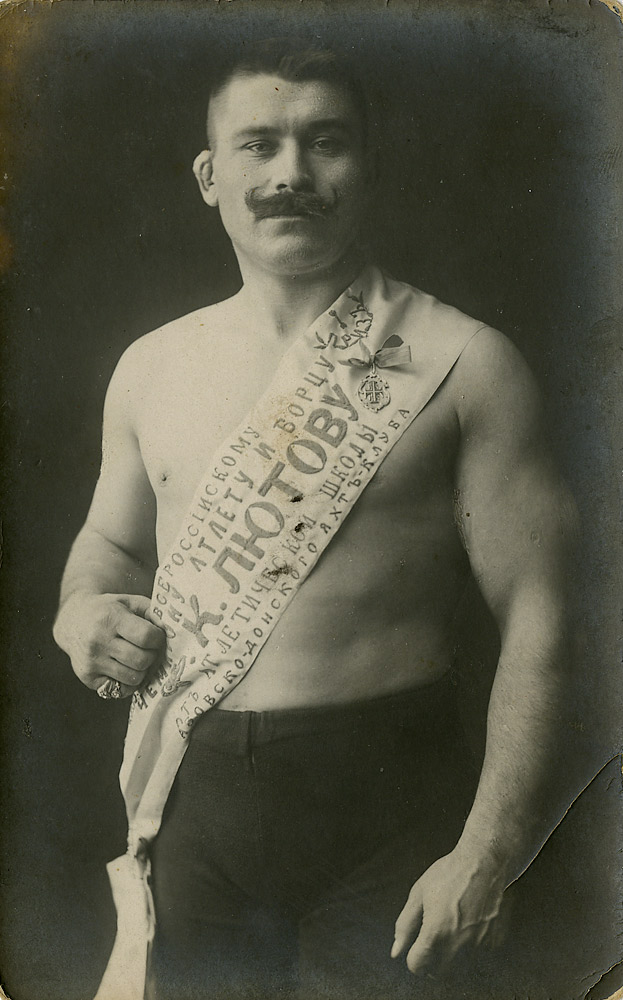
In the years leading up to World War I, wrestling enjoyed a golden age in Europe and America, as the grapplers and men of strength who toured in the traveling road shows and carnivals of the 19th century became huge stars of the ring. Like today’s WWE and its imitators, the rules of the bouts were fluid—drama and performance were valued just as much as winning and losing. Promoted by top impresarios, complete with a narrative of colorful villains and likable heroes, the wrestlers’ matches were held in the largest venues of the day, and the top stars gained huge followings. These cards, collected over fifteen years from flea markets in Europe and the U.S., were sold as souvenirs to the fans who lined up to buy tickets to the event.
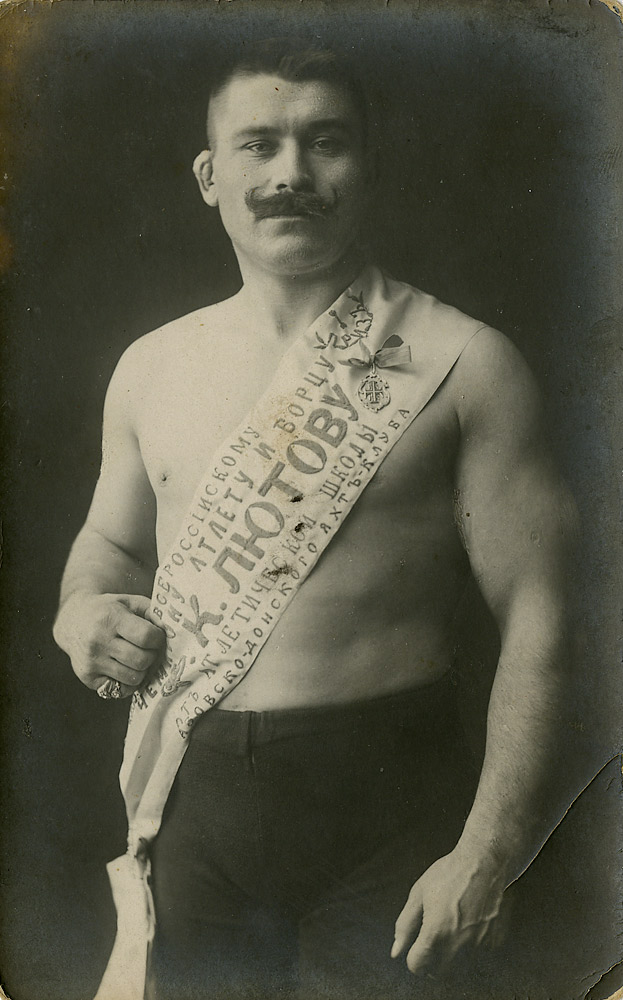
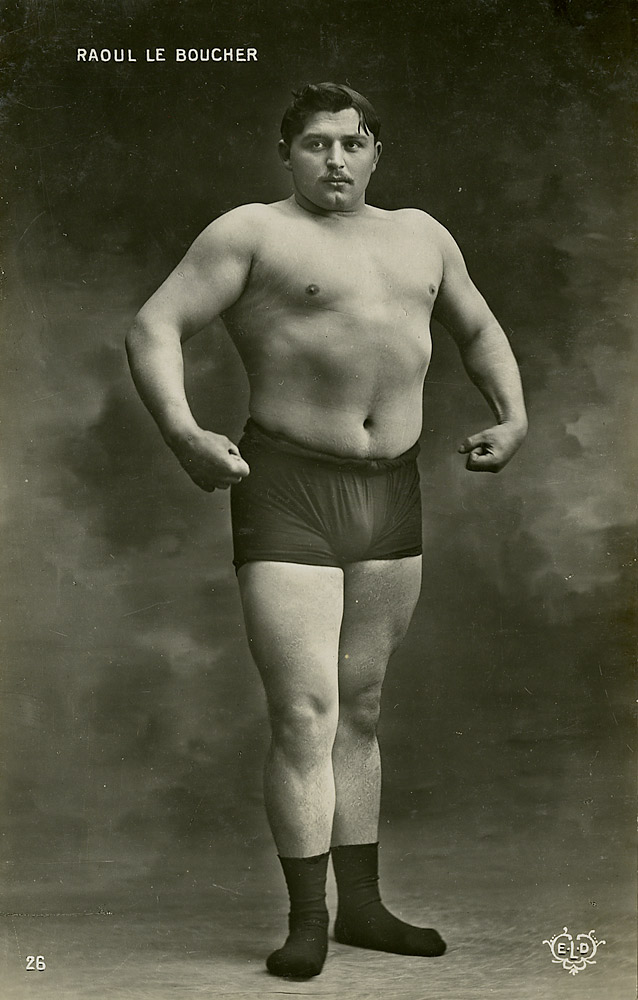
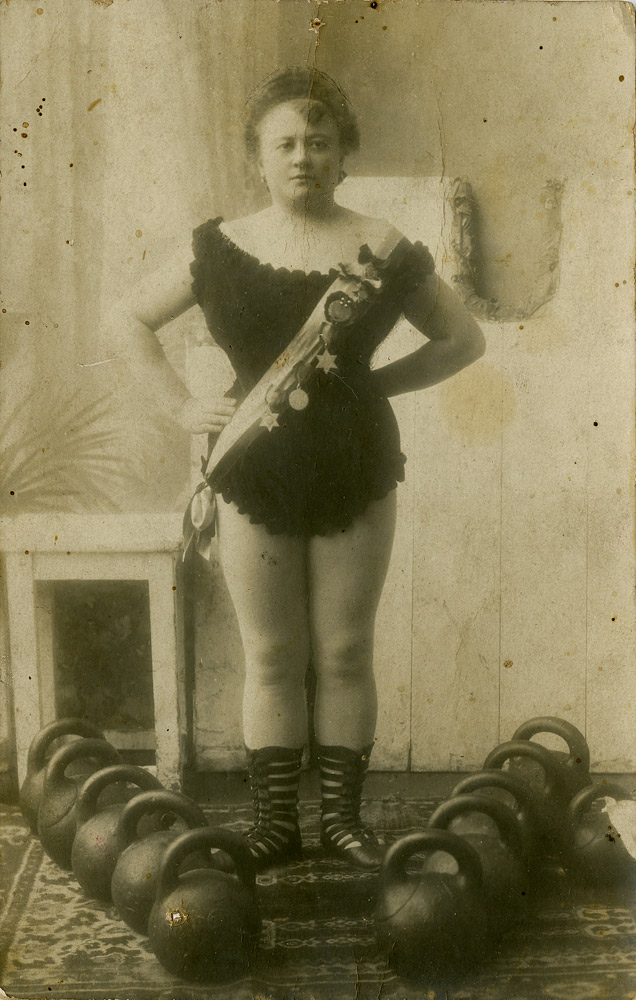
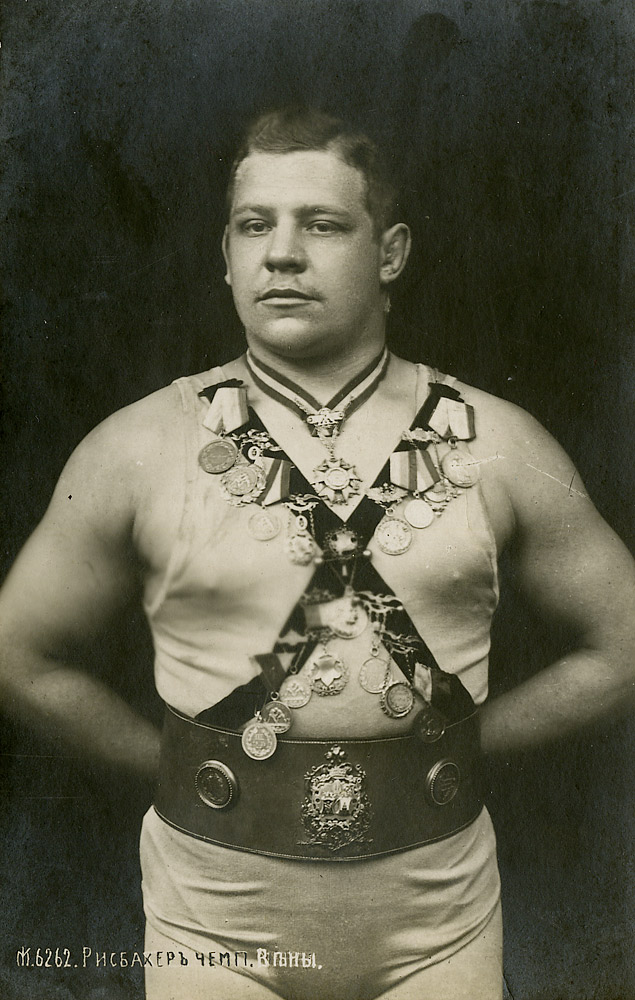
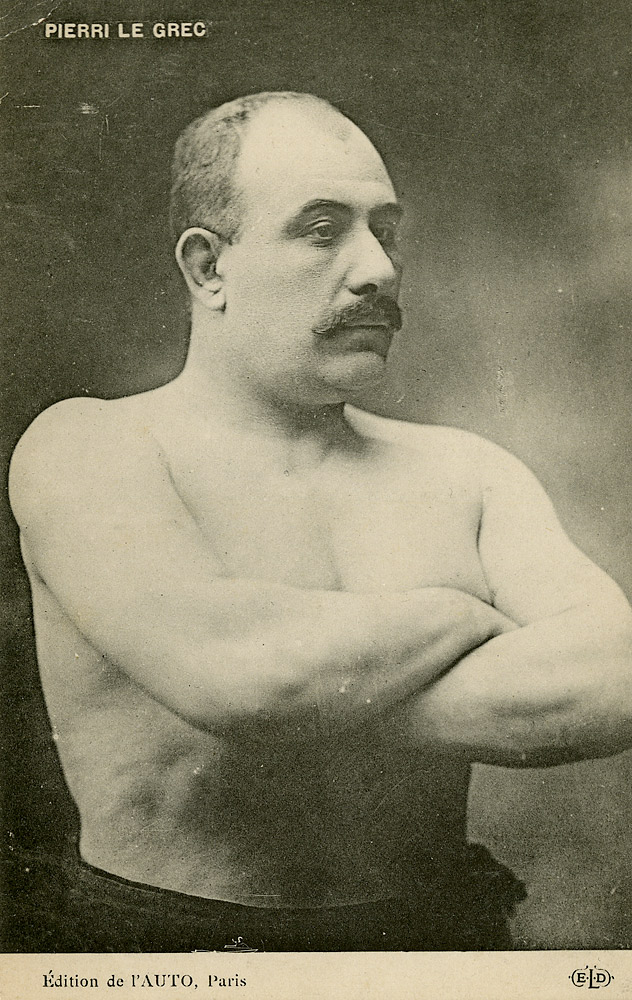
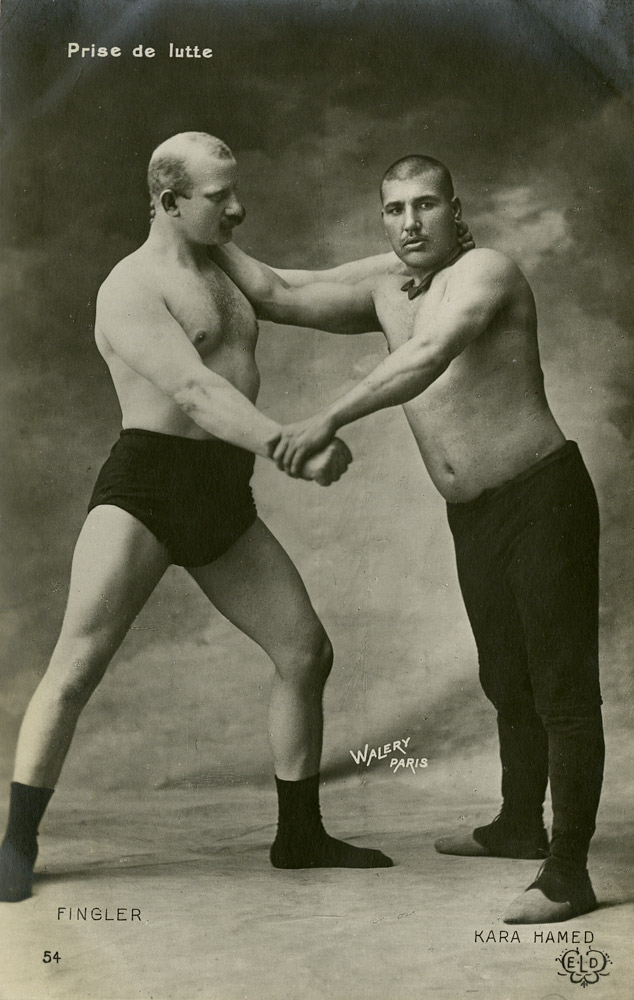
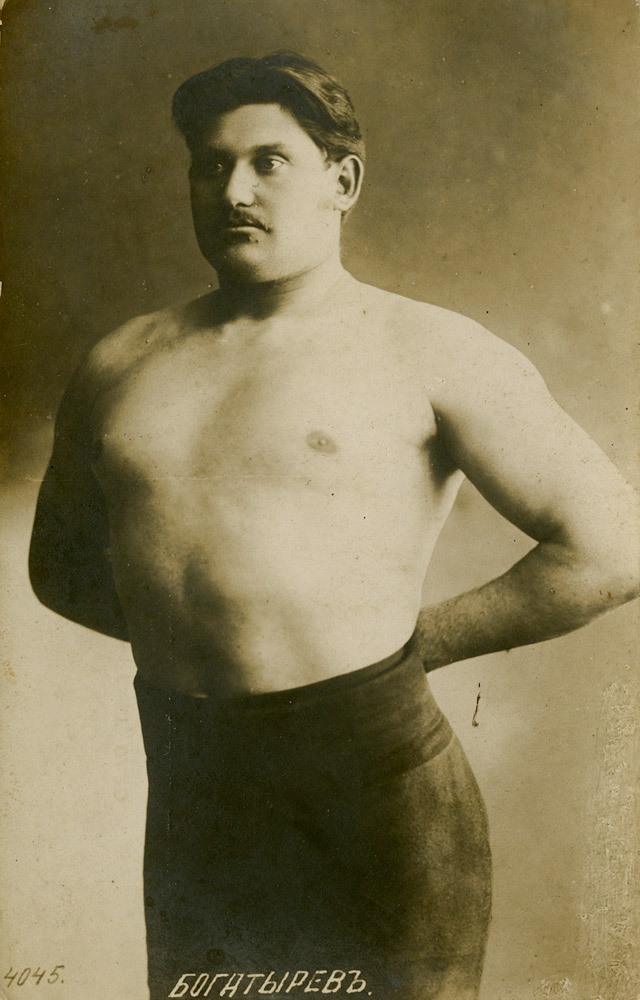
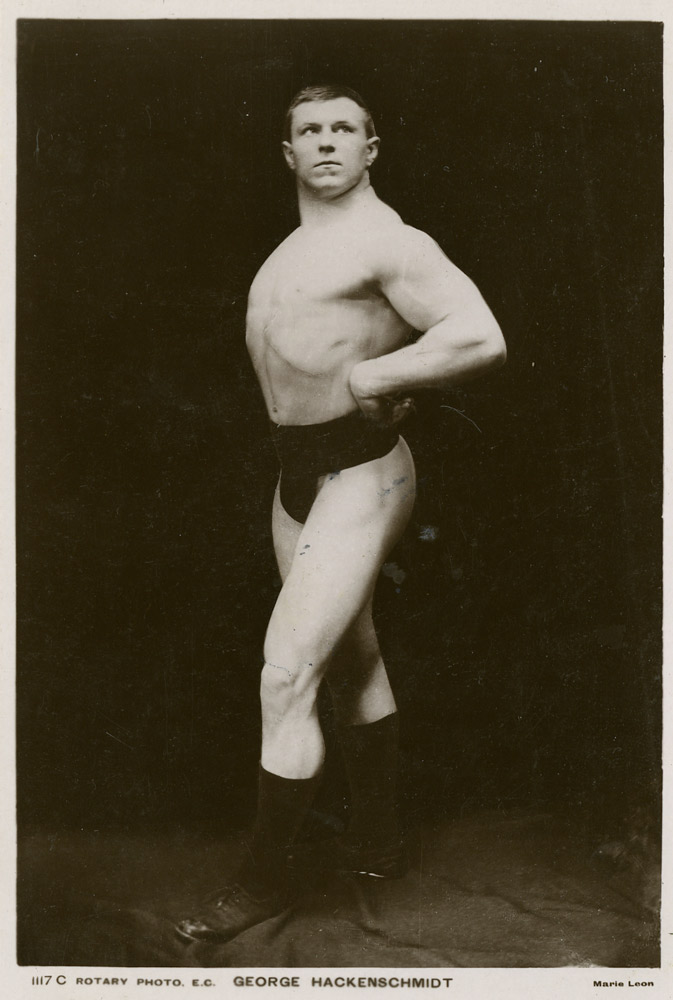
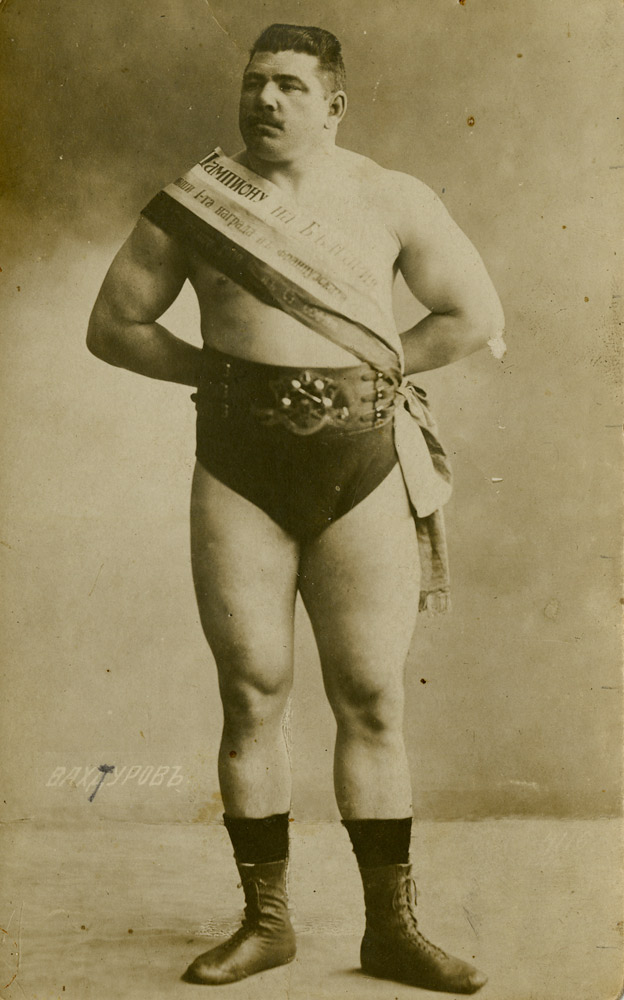
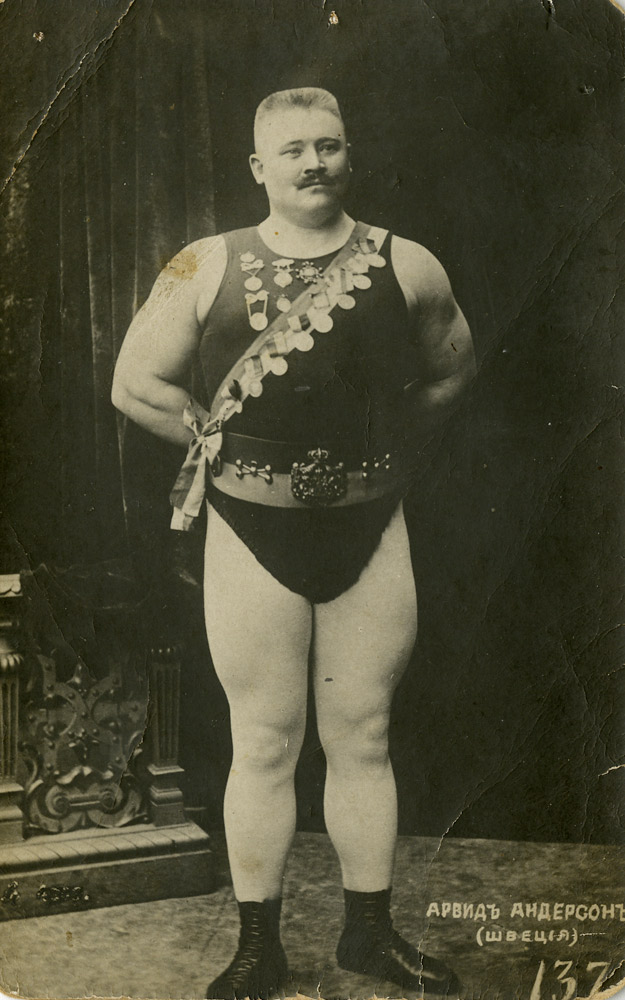
More Must-Reads From TIME
- The 100 Most Influential People of 2024
- The Revolution of Yulia Navalnaya
- 6 Compliments That Land Every Time
- What's the Deal With the Bitcoin Halving?
- If You're Dating Right Now , You're Brave: Column
- The AI That Could Heal a Divided Internet
- Fallout Is a Brilliant Model for the Future of Video Game Adaptations
- Want Weekly Recs on What to Watch, Read, and More? Sign Up for Worth Your Time
Contact us at letters@time.com